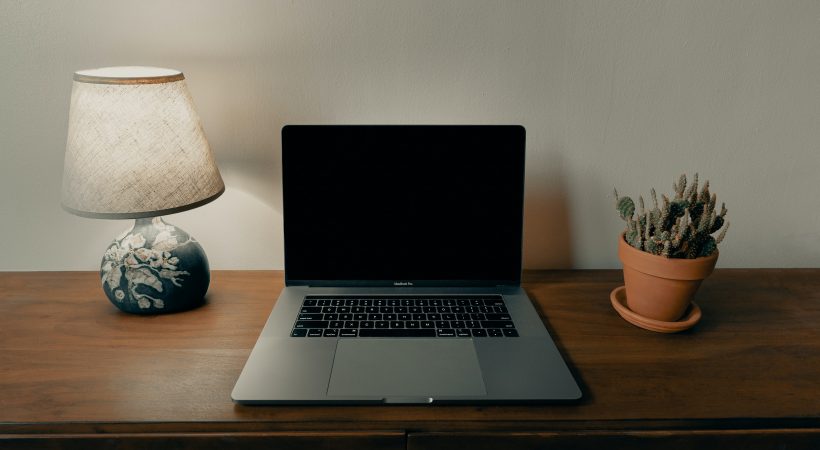If you’re reading this, chances are you’re starting to get the hang of 2020 and are thinking about setting up a budget for the rest of the year and beyond. Amazing! As a serial entrepreneur and mom of five, I know a thing or two about budgeting and managing finances. After all, a significant part of my work life consists of putting together customized accounting solutions for small-medium sized businesses, and truth be told, it really isn’t that different for personal finances.
If you’d like to learn how to put together a customized budget and take control of you and your family’s finances, please scroll down!
Tip # 1: Stop Thinking of Your Finances as Something Out of Your Control and Disconnected From Your Everyday Reality
One of the most common mindsets I’ve noticed when other people talk about their personal finances is how disconnected and out of control, they feel from them. Once they’ve received their bi-weekly pay from work and bills have been paid, whatever amount is leftover usually becomes discretionary income. Some months it’s less, other months they have more to play around with.
The issue with this is that when we train ourselves to spend discretionary funds unconsciously, we neglect to consistently track our spending and we’re often left completely unprepared for emergency situations. If 2020 has taught us anything in regards to finances, it’s that preparation is everything.
Tip #2: Take 1 Hour To Create a Budget For Yourself and Your Family
The best way to really take control of your finances is to take one hour by yourself or with your partner and set a basic monthly budget. List out all of your bills, income, decide on an amount you want to stay within for the rest of the year, and most importantly, stick to it. Any extra income you make one month should be put into a separate Savings Account for those emergency situations. By sticking to a consistent budget, you’ll quickly train your brain to spend within your means and won’t be so scattered anymore with your spending. Trust me, you’ll love feeling in control of your finances!
Tip #3: Track Your Spending & Give Yourself a Raise
After you’ve gone ahead and created a budget, the next habit you should really be practicing is tracking your spending. By doing this, you’ll be able to identify certain expenses that you could happily do without (monthly subscriptions, for example) and start seeing your bank account grow. The next time you cancel a payment you don’t need and keep it for yourself, think of it as if you’re giving yourself a raise.
Here are some handy (and free!) apps that can help track your spending for you:
- Charlie – this app is created with artificial intelligence and does an amazing job of helping you track your spending. To do so you’ll need to download it from your phone’s app store, connect it to your bank account and it’ll start monitoring your account for any signs of unproductive spending. This is great for anyone who is having a hard time thinking of what expense they should eliminate!
- Mint – this app helps you store all your finances and bills in one place, giving you a good idea of what you’re working with. It’ll also calculate your spending by category so you can see your spending patterns and know what you can cut back on to be able to give yourself a raise each month.
- Alternative method – Use a Google Sheet! You’ll be able to view it on your phone, desktop and be able to customize it as much as you want. You won’t receive any automatic alerts but manually adding in your expenses each month would be a good way of becoming aware of how much money you do spend on a monthly basis.
The great news is that you’re ready to take control of your finances and it doesn’t matter what your financial circumstances are – anyone can create a budget for themselves and track their spending. When done effectively, you’ll be able to meet your financial goals, give yourself a raise, and worry less when those inevitable life emergencies happen.
With You –
P.S. If you’re feeling excited about taking control of your finances but aren’t sure when to start because you’re always so busy, be sure to read this blog post I wrote on how to take control of your time. After all, we all have the same hours in the day as everyone else!



